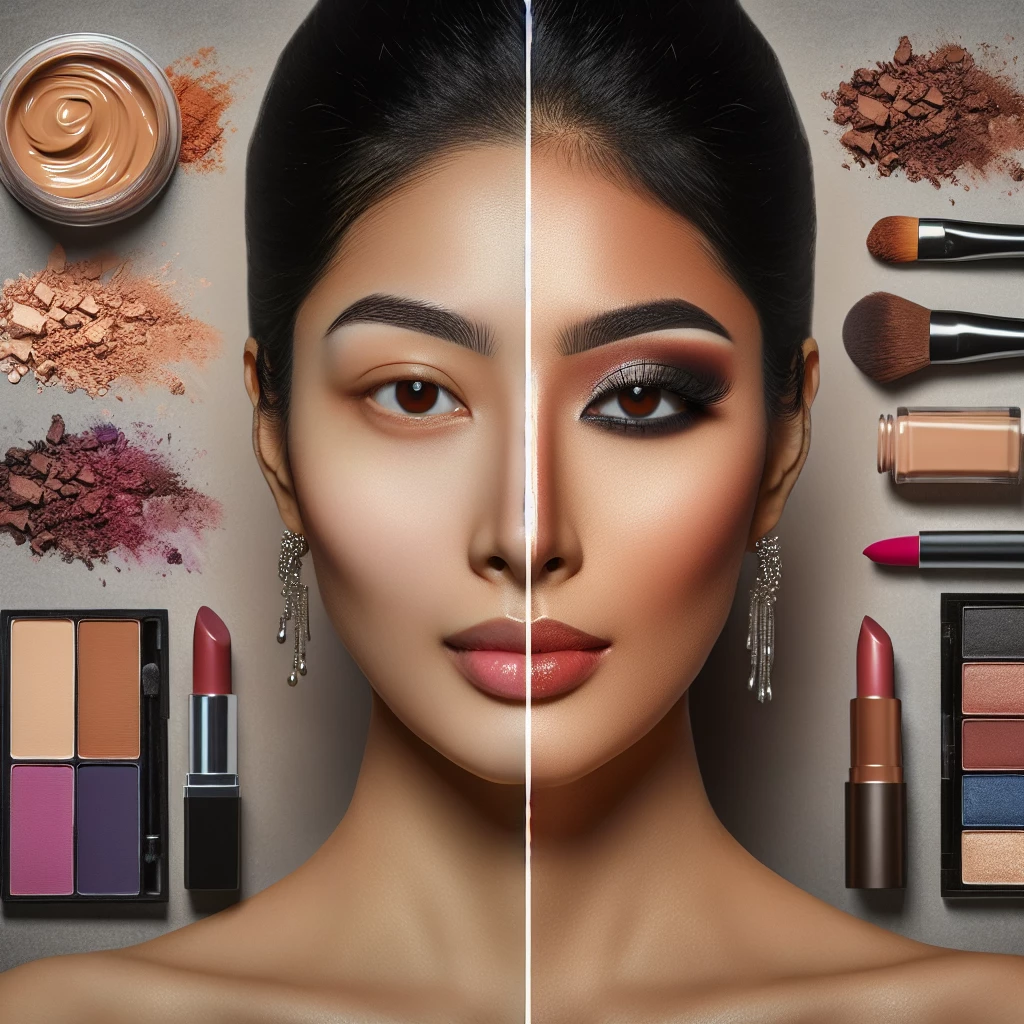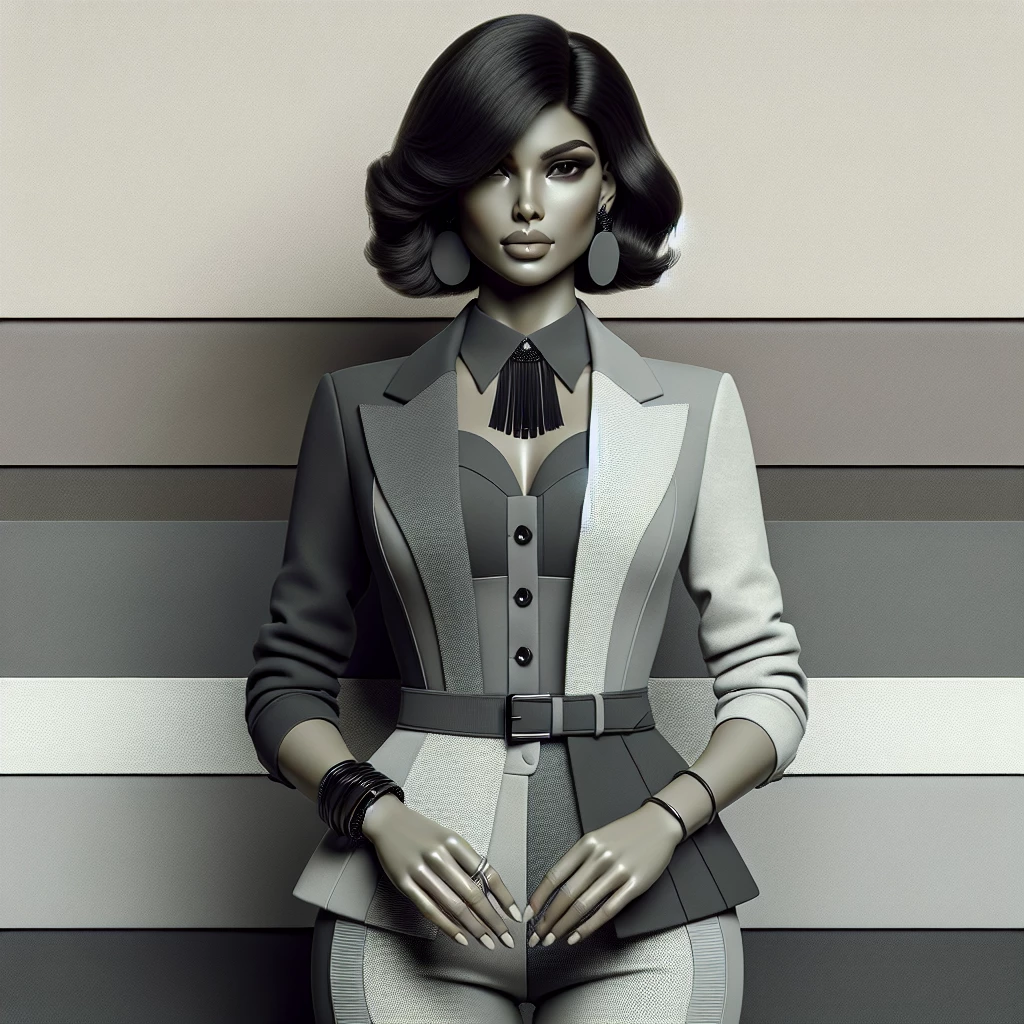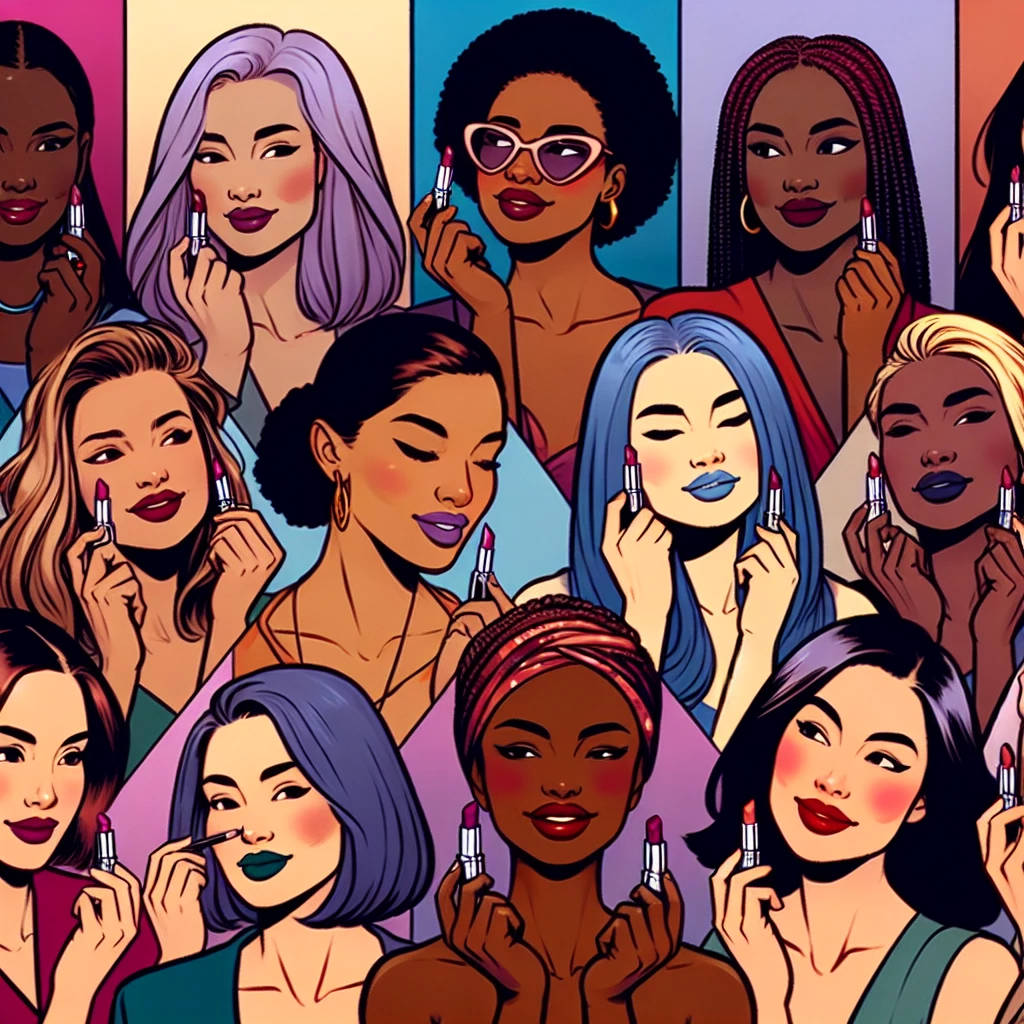Historical Journey of Lipstick
The history of lipstick is as colorful and varied as the product itself. It is believed to have originated in ancient Mesopotamia, where women grounded gemstones to decorate their lips. The trend was later adopted by Egyptian women, including the iconic Cleopatra, who used carmine beetles to achieve a striking shade of red.
Fast forward to the 16th century, lipstick started to symbolize social status and masculinity. Queen Elizabeth I popularized the contrast of pale faces and bright red lips for the elite. However, in the 18th century, the British parliament passed a law branding it as witchcraft intending to deceive men into marriage.
The 20th century embraced lipstick with open arms. The invention of swivel-up tubes, women getting their voting rights, and Hollywood stars sporting red lips on screens turned lipstick into a popular cosmetic product and a symbol of feminine power.
The Psychological Power
Lipstick is not just a colorful addition to a woman's face; it has deep psychological effects. Many studies have revealed that wearing lipstick increases confidence and makes women feel more attractive and powerful. It acts as an armor shielding us from the world's negativity and boosting our positivity.
The right shade of lipstick can also be an instant mood lifter. Bright reds can make you feel bold and vibrant, whereas subtle nudes can instill a sense of calm and groundedness. Meanwhile, fun colors like purples, blues, and blacks let you express your creativity and individuality.
In addition to this, psychologists have suggested that our lipstick choice can reflect our personality. Bold colors might signify bold personalities, while subtle shades could indicate a more reserved nature. Whatever you choose, your lipstick plays a part in defining your identity.
Lipstick as a Tool for Empowerment
Lipstick has been a powerful instrument for women's empowerment throughout history. The 'Lipstick Effect' during the economic recession hinted women still invest in little luxuries like lipstick even during tough times, signaling a sense of independence.
Moreover, the First-wave feminist movement in the 1900s saw suffragettes donning red lipstick as a rebel against gender norms. More recently, Rep. Alexandria Ocasio-Cortez made headlines for linking her bold red lips to political power.
Women today continue to use lipstick to assert their presence and make their voices heard. It has evolved into a symbol of resistance, strength, and liberation, underscoring the remarkable power lipstick holds beyond beauty enhancement.
Modern Trends and Future of Lipstick
In the contemporary realm, lipstick trends keep evolving, reflecting societal changes. From matte to glossy, from red to nude, the dynamic nature of lipstick trends articulates the shift in beauty norms and consumer behaviors.
With the continuous advocacy for inclusivity, we now see a more extensive color palette catering to different skin tones. The rise of cruelty-free and vegan products has also transformed the lipstick industry, resonating with the ethical and environmental concerns.
Looking ahead, the future of lipstick seems promising with trends like natural and organic ingredients, personalized and tech-driven solutions. Regardless of the changes, the essence of lipstick as a tool for self-expression and empowerment will remain unaltered.
Despite being simply a tube of color, lipstick dominates the world of beauty and beyond. Its historical journey, psychological impact, empowering ability, and evolving trends embody the incredible power it holds. It reinforces that beauty is not just about looking good but feeling good and expressing oneself. Truly, lipstick is more than just a cosmetic; it's a statement.
Five-Minutes Makeup Hacks
In search of a quick and reliable makeup routine? Discover our top five-minute makeup tips.

Introduction to Organic Beauty Products
A deep dive into the pros and cons of incorporating organic beauty products into your daily makeup routine.

Transition Makeup from Day to Night
Discover effective tips for ensuring your makeup transitions smoothly from day to night.

Mastering the Monochromatic Look
Uncover the secrets to nailing the trendiest monochromatic makeup looks with our step by step guide.
